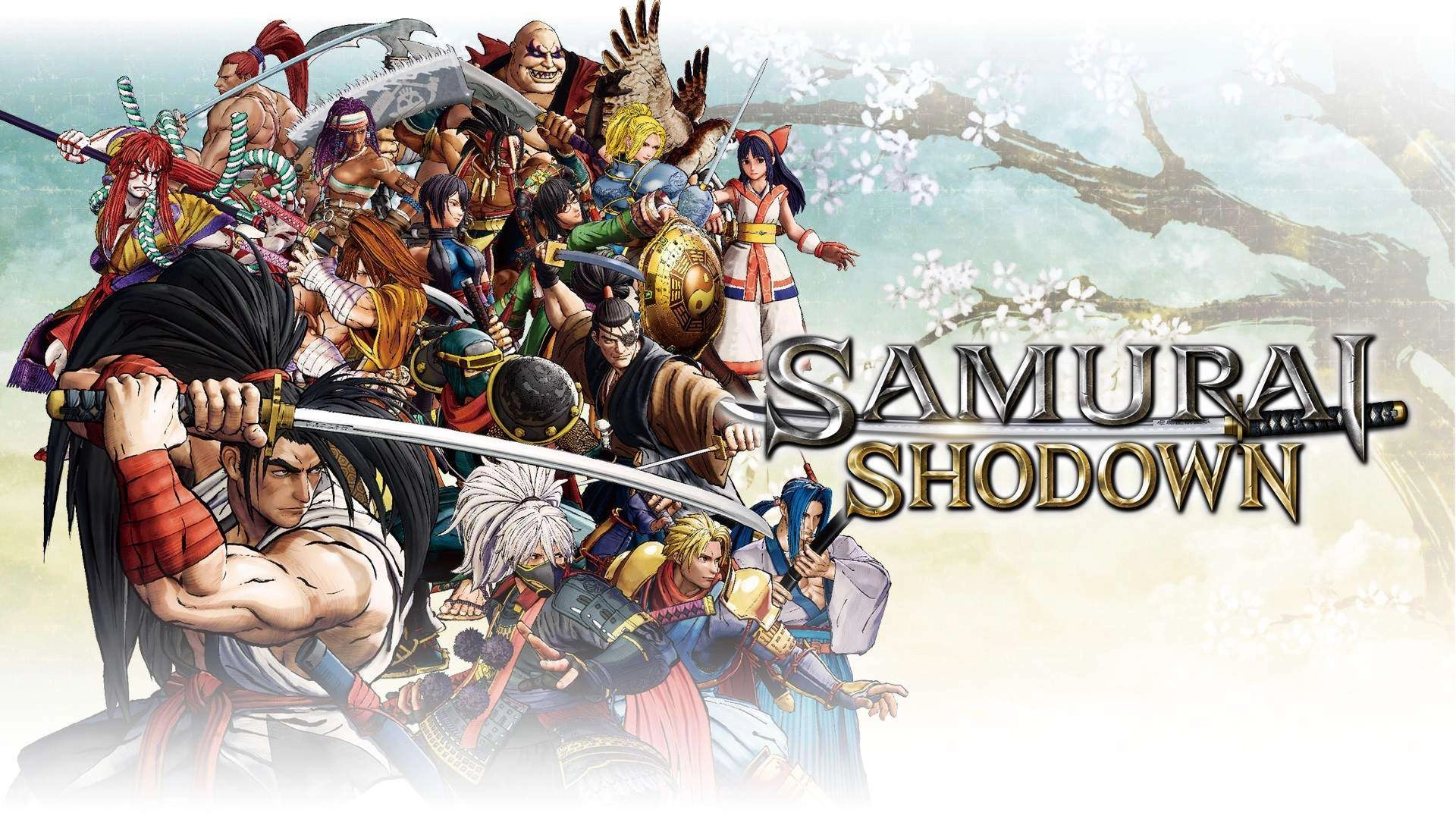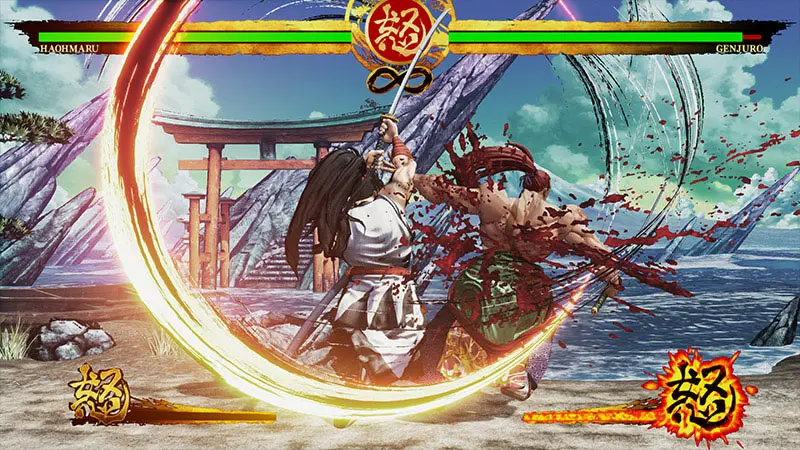
Samurai Shodown returns with a slower, more deliberate fighting game that is accessible enough for new players, while also having the depth of a modern day fighter.
Let’s kick this off by being brutally honest: I love fighting games, but I’m absolutely terrible at them. The one I ever got the best at was probably Injustice 2, but even then I was only mediocre. I’ve played plenty of fighting games over the last two decades, but Samurai Shodown was one of the more interesting experiences I’ve had with them. It isn’t the typical fast-paced fighter that most people are probably used to with Injustice, Mortal Kombat, and Dragon Ball FighterZ in this day and age. It’s a slow, deliberate game that really rewards those who learn its intricacies.
Gameplay
Right off the bat, Samurai Shodown’s tutorial isn’t as robust as other fighters. For the most part, it expects you to understand fundamentals and instead opts to teach players about what makes it unique: disarming fighters, rage attacks, and lightning blade attacks. It was actually kind of refreshing, but since I hadn’t played a fighter in a while, I found myself referring to the controller menu if I couldn’t quite figure out the input.
Samurai Shodown isn’t generally a franchise I’m familiar with. I’ve heard of it, but never invested time previously to look into it at all. From what I’ve gathered, this iteration is a soft reboot of the franchise, set somewhere between Samurai Shodown V and Samurai Shodown. It takes place in Japan (duh), and follows a group of fighters trying to take back Japan in the 1700s from an evil spirit during a time of great distress for all citizens in the land. The story here is pretty standard and thin, but it gets the job done.

Story mode is pretty underwhelming because of it though. There are unique videos for each of Samurai Shodown’s base 16 characters, but because the story is so thin, there isn’t any depth to it. Players go through a series of fights, just to see each character’s very brief story content at the beginning and end of the mode. Other than that, it’s almost identical to any classic arcade mode.
Where games like FighterZ push players to create their own openings for an attack, Samurai Shodown opts for a slower pace of battle. It’s defense instead of offense, making for a really interesting fighter. You likely won’t see long strings of combos and instead will find yourself waiting to find that perfect opening for a powerful attack or a couple of quick strikes. Even disarming your opponents is a very reasonable option, as it leaves enemies scrambling to snatch their weapons up off the ground.
Graphics
Visually, Samurai Shodown is kind of a stunner. On Xbox Series X, it runs at a silky smooth 60 frames per second on most TVs. I’ve been told it can even support up to 120 fps on televisions that support it. I didn’t test it out on my OLED because everything is wired into the wall, but 60 fps is still nothing to scoff at, especially when it runs consistently smooth across the board. The visual style here is gorgeous too. Think Street Fighter V x Ghost of Tsushima and you have a relatively good idea of what to expect. Animations are bright and flashy, and combat is insanely smooth.
Multiplayer
The few matches I played online ran pretty well, but in terms of multiplayer, Samurai Shodown shines locally. I have a friend who is much more well-versed in competitive fighting games than I am, and we played for a handful of hours one night. We had a blast learning the ins and outs of Samurai Shodown, and while he plays a lot of BlazBlue and other anime fighters, he said that Samurai Shodown was a nice change of pace to the chaos of those fighting games.
Conclusion
I don’t think Samurai Shodown will ever reach the front of the limelight, as those are occupied by the flashier, faster fighters. However, there’s a place for it in the competitive fighting world. Rewarding more careful, deliberate play is something that I commend, not just because it’s something we don’t see a lot of but also because it quickly turns into almost a tactical fighting game. It’s in a unique sub-genre of fighters all its own and something I’d be interested in seeing more of.
